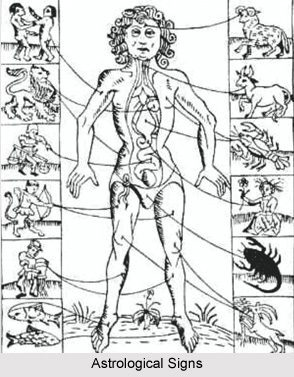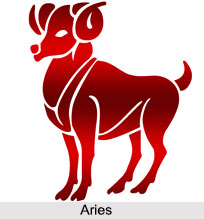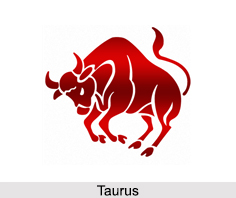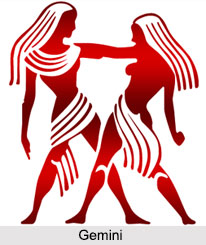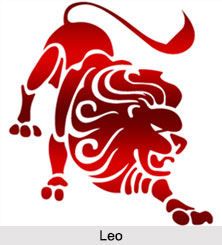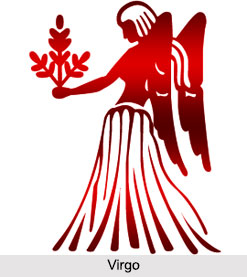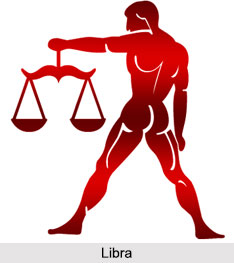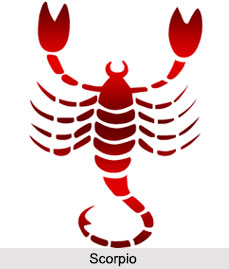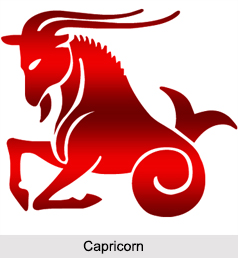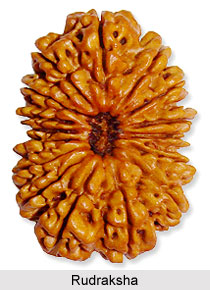 Rudrakshas are available from 1 mukhi to 21 mukhis. The five-faced Rudraksha are found extravagantly and without much difficulty. The one-faced circular Rudraksha variety is exceedingly uncommon and it is forged maximum times, so much so that the entire issue of uniqueness or forging has surfaced, only due to the 1 mukhi duplication. A kind of Rudraksha, called 1 mukhi half moon, is this cold in its place which is genuine and belong to a family tree of rudraksha. This bead is found without much difficulty and the price is also not sky-high. However, there are dealers who sell this half-moon variety, also at outrageous prices, taking advantage of the uncommonness of round 1 mukhi rudraksha. Round 1 mukhi rudraksha however is forged in umpteen forms by corrupt dealers. Many of these markings- Rudrakshas with 2,3,4,6 and 7 faces are available extravagantly and hence their prices are not exorbitant. Counterfeited rudrakshas are manufactured by etching extra lines in these lower mukhi beads to obtain the exceptional and steeply priced higher mukhi beads. However, some conscientious people forge Gauri Shankar Rudrakshas, by adhering together too little skill and consciousness. Authentic rudrakshas are also available aplenty, naturally. But it is the avarice of dealers to make more money that compels traders to deal in counterfeit beads. Also in case of atypical Rudraksha beads of higher mukhis, forges are sold by such dealers to gratify the surging demand of these beads.
Rudrakshas are available from 1 mukhi to 21 mukhis. The five-faced Rudraksha are found extravagantly and without much difficulty. The one-faced circular Rudraksha variety is exceedingly uncommon and it is forged maximum times, so much so that the entire issue of uniqueness or forging has surfaced, only due to the 1 mukhi duplication. A kind of Rudraksha, called 1 mukhi half moon, is this cold in its place which is genuine and belong to a family tree of rudraksha. This bead is found without much difficulty and the price is also not sky-high. However, there are dealers who sell this half-moon variety, also at outrageous prices, taking advantage of the uncommonness of round 1 mukhi rudraksha. Round 1 mukhi rudraksha however is forged in umpteen forms by corrupt dealers. Many of these markings- Rudrakshas with 2,3,4,6 and 7 faces are available extravagantly and hence their prices are not exorbitant. Counterfeited rudrakshas are manufactured by etching extra lines in these lower mukhi beads to obtain the exceptional and steeply priced higher mukhi beads. However, some conscientious people forge Gauri Shankar Rudrakshas, by adhering together too little skill and consciousness. Authentic rudrakshas are also available aplenty, naturally. But it is the avarice of dealers to make more money that compels traders to deal in counterfeit beads. Also in case of atypical Rudraksha beads of higher mukhis, forges are sold by such dealers to gratify the surging demand of these beads.
It is not very difficult to distinguish an authentic Rudraksha. Due to its surging significance and value, it is manufactured synthetically also and these artificial Rudrakshas are sold in the market. Synthetic Rudrakshas used to be manufactured long ago, by employing wild berry seeds or nuts or wood. But today, this is an obsolete procedure and the Nepalese dealers of present times are making these by etching out extra lines in a lower mukhi bead to achieve a higher mukhi bead. Or else, they are shrouding extra lines to attain an exceptional lower mukhi bead and even by adhering together parts of rudraksha beads to attain another rudraksha. As a result, these forged rudrakshas look superficially like a real rudraksha, but this has to be examined more vigilantly. But in these artificial Rudrakshas, no facade can be made as genuine as the ones that can be seen in the authentic ones and can simply be noticed by a veteran eye. Here, the facet ( Mukh) delineates profound lining from the upper part to the lower portion of Rudraksha. Observing these rich lining features, one can make out a real Rudraksha. A magnifying glass needs to be used for this purpose to examine for synthetically etched lines ( which are normally very jagged) and adhered surfaces on the bead.
There are many other standards described to distinguish Rudrakshas, like the sinking and floating of Rudraksha in water and rotating between two coins. But it is not an accurate principle. Even an immature, but authentic one made from wood, tinctured with lead or by fiddling a real rudraksha, may sink. Therefore, one should not be troubled about these false philosophies. Rudraksha should be bought from an authentic dealer, who is answerable to the public, and who would acknowledge returns. Buying rudraksha is like buying gems, where buyers buy from a faithful dealer only and they need to check with previous buyers for authentic dealers and their experience of transacting with them, before coming to a conclusion to buy these beads.
